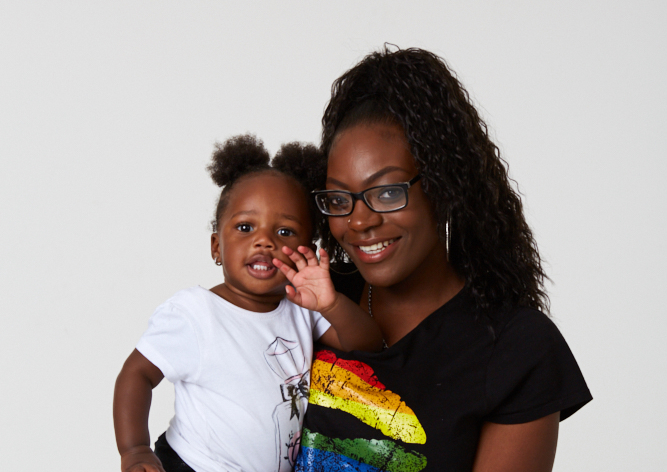What is discrimination?
Discrimination means treating someone differently and worse than someone else, because of something about that person which is a ‘protected characteristic’.
There are 9 protected characteristics:
- age
- disability
- gender reassignment
- marriage and civil partnership
- pregnancy and maternity
- race
- religion or belief
- sex
- sexual orientation
What kinds of discrimination are there?
There are four types of discrimination:
- direct discrimination – when someone treats you differently and worse because of a protected characteristic
- indirect discrimination – when a policy or rule has a worse effect on you because of a protected characteristic
- harassment – bullying or making jokes about you because of a protected characteristic
- victimisation – when you complain about unlawful discrimination and are then treated badly
What does discrimination look like?
Discrimination might look like:
- excluding you from opportunities or benefits
- making it harder for you to do your job
- not being paid a fair wage
- not being promoted
It might not always be obvious or noticed by other people.
What are some examples of discrimination?
A company asking for employees to travel at short notice could be indirect discrimination against women and people with caring responsibilities who would then find it difficult to arrange childcare around work.
One young black woman told us that her employer told her she ‘looked scruffy’ so she spent a lot of money buying new clothes. The comments continued and she realised that this was because of her natural black hair style. This could be classed as direct discrimination as other workers were not treated this way.
Sometimes discrimination might relate to more than one protected characteristic for example a combination of your age and sex as a young woman could mean that you are given certain tasks like making the tea for meetings more often than other male or older colleagues.
What protection do I have?
The Equality Act 2010 protects the following people against discrimination:
- employees and workers
- contractors and self-employed people hired to do work
- job applicants
- former employees (usually around providing references)
By law, all employers must:
- take steps to prevent discrimination
- make sure they do not unfairly discriminate in any aspect of work
- do all they reasonably can to protect people from discrimination by others
- look after the wellbeing of their employees (this is called a ‘duty of care’)
What can I do if I’ve experienced discrimination?
Being discriminated against might bring up lots of feelings – like anger, frustration, sadness and shame. These are all normal responses. Discrimination is not your fault. It might help to speak to family or friends about the issue, especially if you don’t feel able to talk to work colleagues about it.
Your options include:
- raising the problem informally
- making a complaint
- making a claim to an employment tribunal
- Speaking to a Trade Union rep if you have one
First you can check if what you’ve experienced is discrimination under the Equality Act using this helpful page from Citizens Advice
You can get advice and support from the Equality Advisory Support Service (EASS) helpline or email service
You can also speak to ACAS (the Advisory, Conciliation and Arbitration Service) helpline: 0300 123 1100 (Monday to Friday, 8am to 6pm) and access their website for advice articles
You could also speak to one of our friendly Work It Out coaches for help dealing with a difficult situation
What are the time limits on making a claim?
If you have been discriminated against at work and you want to make a claim through a tribunal, you must let the court know within 3 months less 1 day from when the discrimination happened.
For some case the time limit is 6 months less one day, these are:
- statutory redundancy pay claims
- equal pay claims
- unfair dismissal claims related to strike action
- some claims made against a trade union
- some claims if you’re a member of the armed forces
For cases of discrimination the time limit starts from the date of the last time you were discriminated against.
It can be tricky to work out the time limits so we’d always advice speaking to one of the organisations above to help you with your claim. This is particularly true if the discrimination has been going on for some time or there have been lots of occasions when you have been discriminated against.

